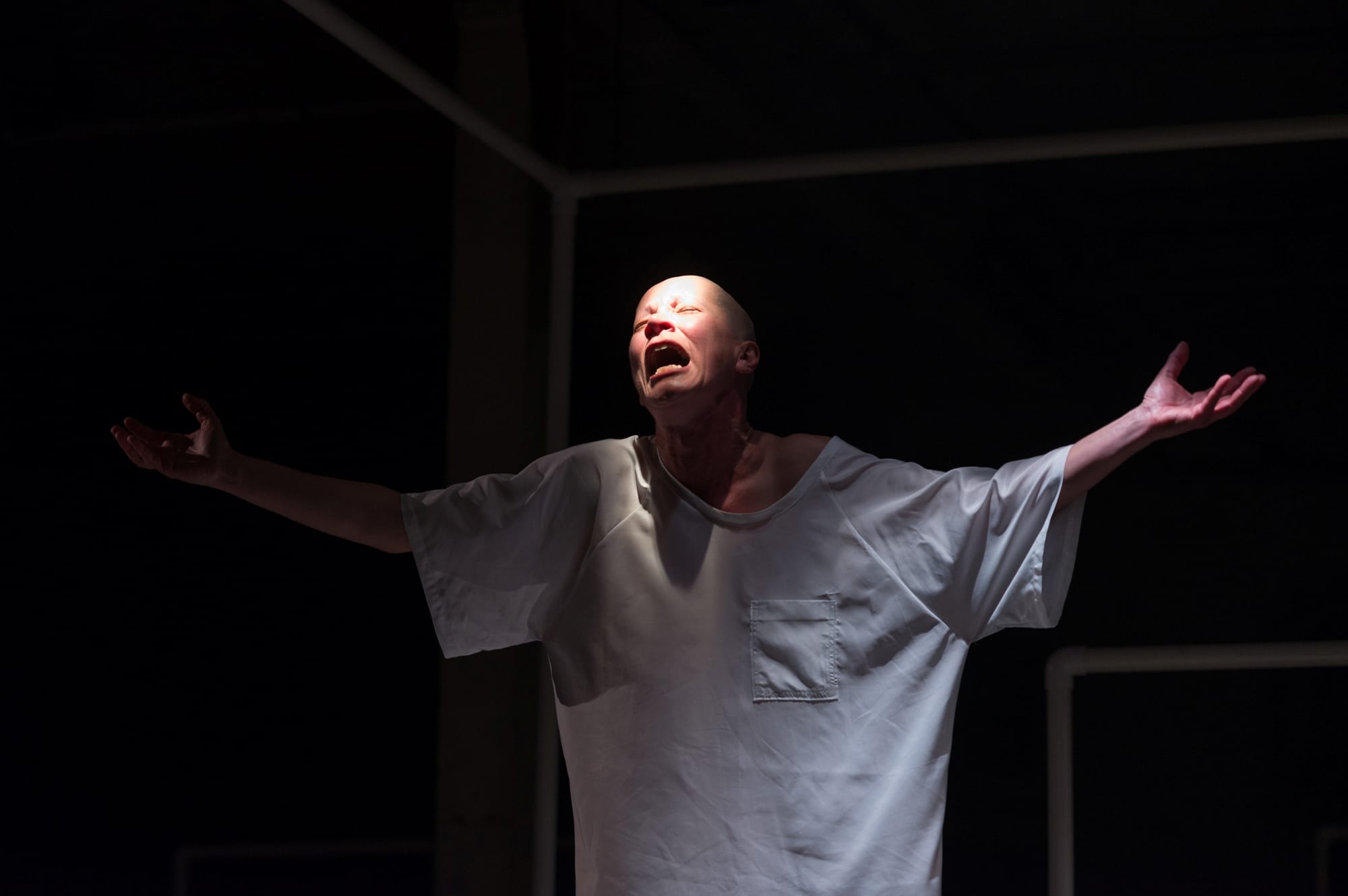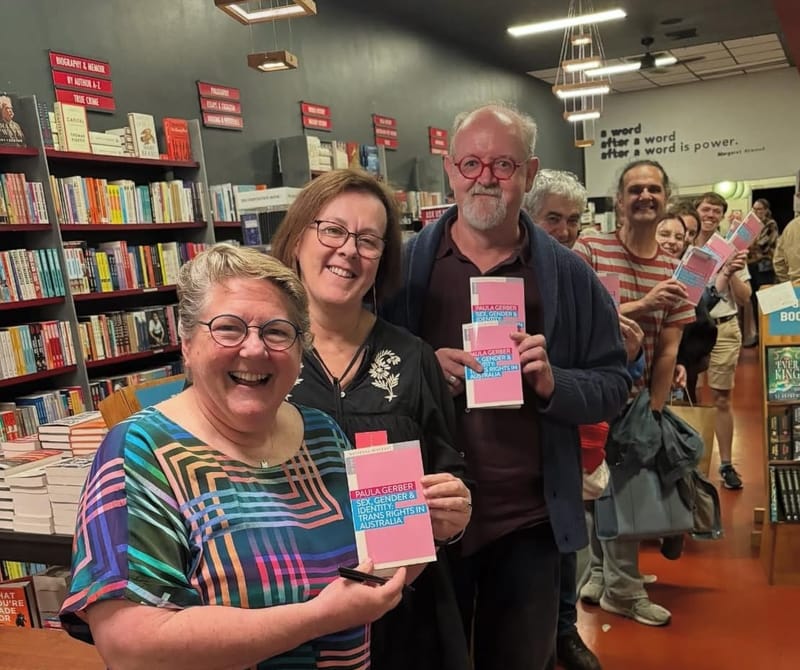
In Margaret Edson’s Pulitzer Prize-winning play Wit, the main character, a middle-aged English professor, Vivian Bearing, dies onstage of ovarian cancer.
Actor, writer and middle-aged Monash academic, Associate Professor Jane Montgomery Griffiths, took on the gruelling role, winning best actor in the Green Room Awards 2017. She says the experience not only transformed her own attitudes towards death and dying, but changed the audience, too. “I have done lots of plays and I have never in my life experienced that sort of audience response where people connected themselves in a way which is as close to Greek tragedy as anything I can think of,” she says.
Dr Montgomery Griffiths is a classics scholar. Her question, since performing in Wit, is how does one test the healing potential of theatre, which was recognised in ancient times?
In ancient Greece, theatre was a communal forum, a sacred space, where the audience faced their fears – and themselves, she says. In Athens, attending the theatre was a civic duty, as important as going to war. “If you were a rich man, you either decked out a warship or you paid for a play,” says Dr Montgomery Griffiths. “People were paid a salary by the state to go to the theatre. And that was because they saw theatre as a way of reflecting on themselves through myth, through stories.”
Performing in Wit “was an honour, it was exhausting, it was fascinating, probably the most interesting thing I have ever done in my career”, she says. “Towards the end, after Vivian is dead, there would be a blackout and all we would hear is sobbing, sniffles and blowing noses. And then when the lights come up, there was just this amazing standing ovation from the whole audience. And we needed that. But the audience needed it too, because they needed that release.”
Before her death, Vivian Bearing endures insensitive treatment by doctors, and aggressive, agonising chemotherapy – all of which is played out on stage. “Every night there would be people staying behind to talk to me,” says Dr Montgomery Griffiths. “And it was always to talk about their experiences, not just of cancer but also of being mauled in the medical profession, of the agony of internal examinations, of things like that. You know, older women, who just wanted to talk.”
The ancients believed that theatre provided a communal experience of connection and emotional catharsis (the process of releasing – and being relieved from – strong or repressed emotions). How do you test the healing potential of theatre in a modern setting? The doctors and medical professors she's spoken to have been interested in her theory, but perplexed by how to measure it ‘scientifically’. At a conference at the University of Warwick, which forms part of the Monash Warwick Alliance, it became clear to her that medical clinicians and humanities scholars spoke different languages.
“Nobody could actually see the way they connect,” she says. “Is my performance in Wit research? Yes and no. It is research because it is disseminating a body of knowledge about the effects of cancer on the body, but yet I didn’t write it. When I write my own plays, I could say there is research because it's embedded with a great deal of background knowledge. So it’s a very grey area, and it’s something that we're trying to muddle through.”
"It was a wonderful catharsis, and I left the play with absolutely no fear of death and no fear of illness."
In the US, Wit is used extensively as a clinical training tool for doctors, to teach them how to talk to patients with greater awareness and kindness. Dr Montgomery Griffiths says this is valuable, but she believes the potential of theatre can go deeper. Her interactions with members of the audience have convinced her that people want intelligent plays that speak to their experience. “They want the richness and nuance of their lives. Again and again, I have people saying how much they love the script of Wit because it's rich, dense, intellectual and poetic, visceral and emotional, and very effective.”
A movie version – starring Emma Thompson – was released in 2001. Dr Montgomery Griffiths admires Thompson’s performance, but says theatre is different because it allows actors to interact with their audience – and that this extra layer of intensity affects the audience but also the performers.
For her season in Wit, nearly everyone in the cast and production staff, including the director, had lost family members, relatives or close friends to cancer. Dr Montgomery Griffiths lost her father, who died on Christmas Day in 2016.
“The playwright, Margaret Edson, says the play is about grace, which I hadn’t quite got in rehearsals,” she says. “When performing it, I found a beautiful way of dealing with my grief for my father that I hadn’t expressed, realising that death was just part of life. As Vivian says, it's just a comma, just a breath.
“It was a wonderful catharsis, and I left the play with absolutely no fear of death and no fear of illness. It was a wonderful thing as a middle-aged woman to reconcile with mortality.”
Jane Montgomery Griffiths was Associate Professor and Head of Section, Centre for Theatre and Performance at Monash University until 2018.





